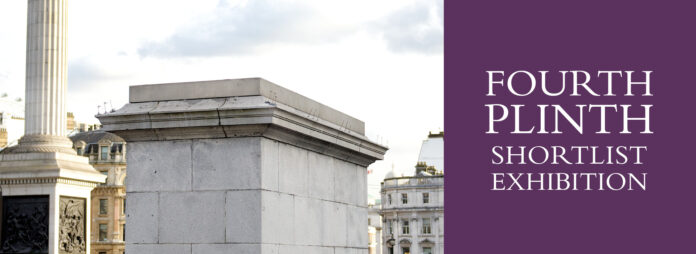A giant rocket and casts of the faces of 850 trans people are two of the proposals put forward for Trafalgar Square’s Fourth Plinth.
A silo filled with plants, a 1914 photograph reimagined, a figure based on German folklore, and a jewellery tree made of household objects are designs that have also been shortlisted.
Sadiq Khan said it was the “most international line-up” of artists.
The landmark has been home to a rolling commission of artworks since 1998.
The plinth was built in 1841 but remained empty due to a lack of funds.
Six works by artists including Malawi-born Samson Kambalu and Germany-based Paloma Varga Weisz have gone on display at the National Gallery, which reopened last week, as well as online.
Two designs, which will go on display in 2022 and 2024 respectively, will be chosen by the Fourth Plinth Commissioning Group in late June.
The new proposals are:
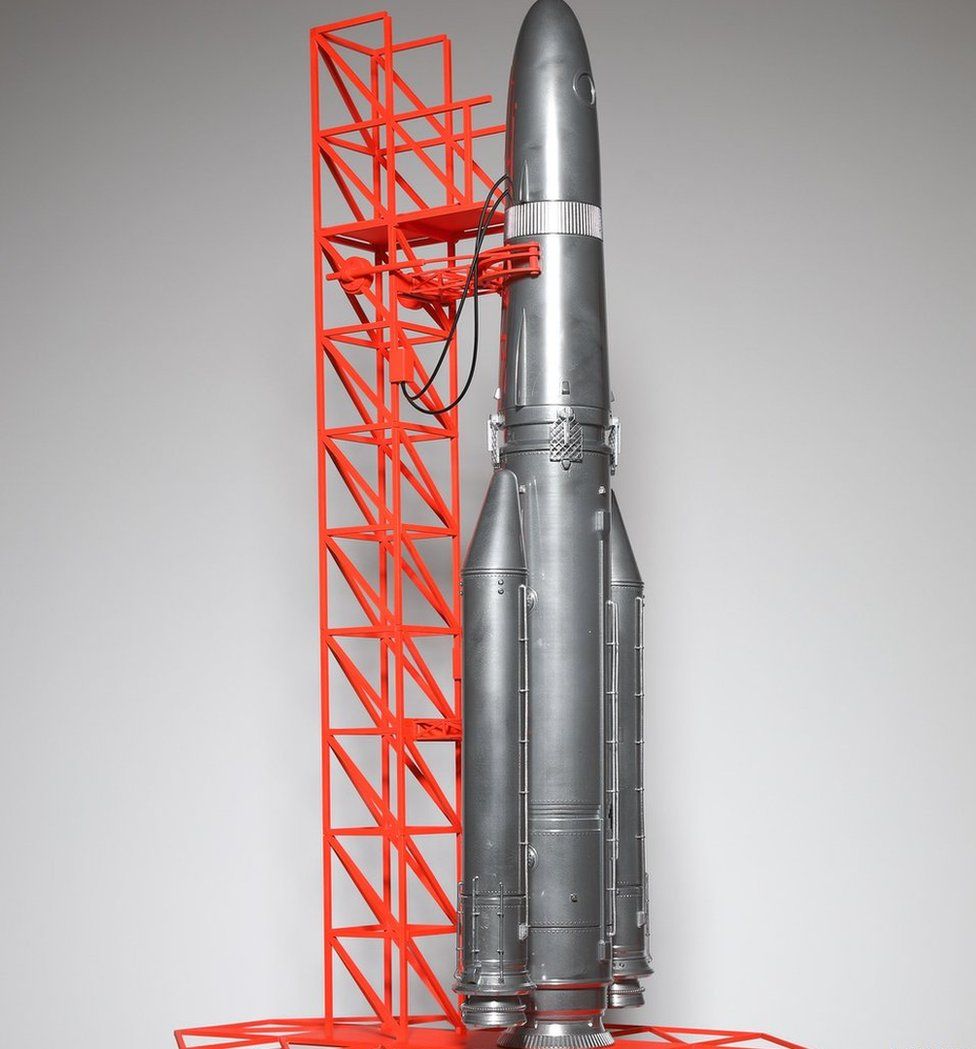 IMAGE COPYRIGHT JAMES O’JENKINS
IMAGE COPYRIGHT JAMES O’JENKINS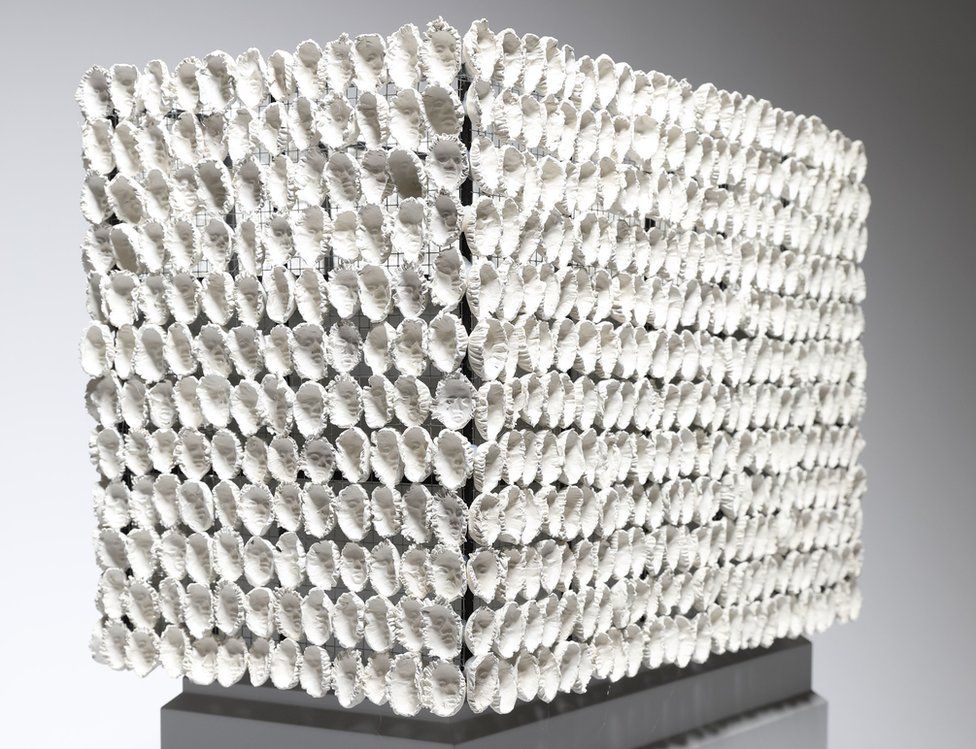 IMAGE COPYRIGHT JAMES O’JENKINS
IMAGE COPYRIGHT JAMES O’JENKINS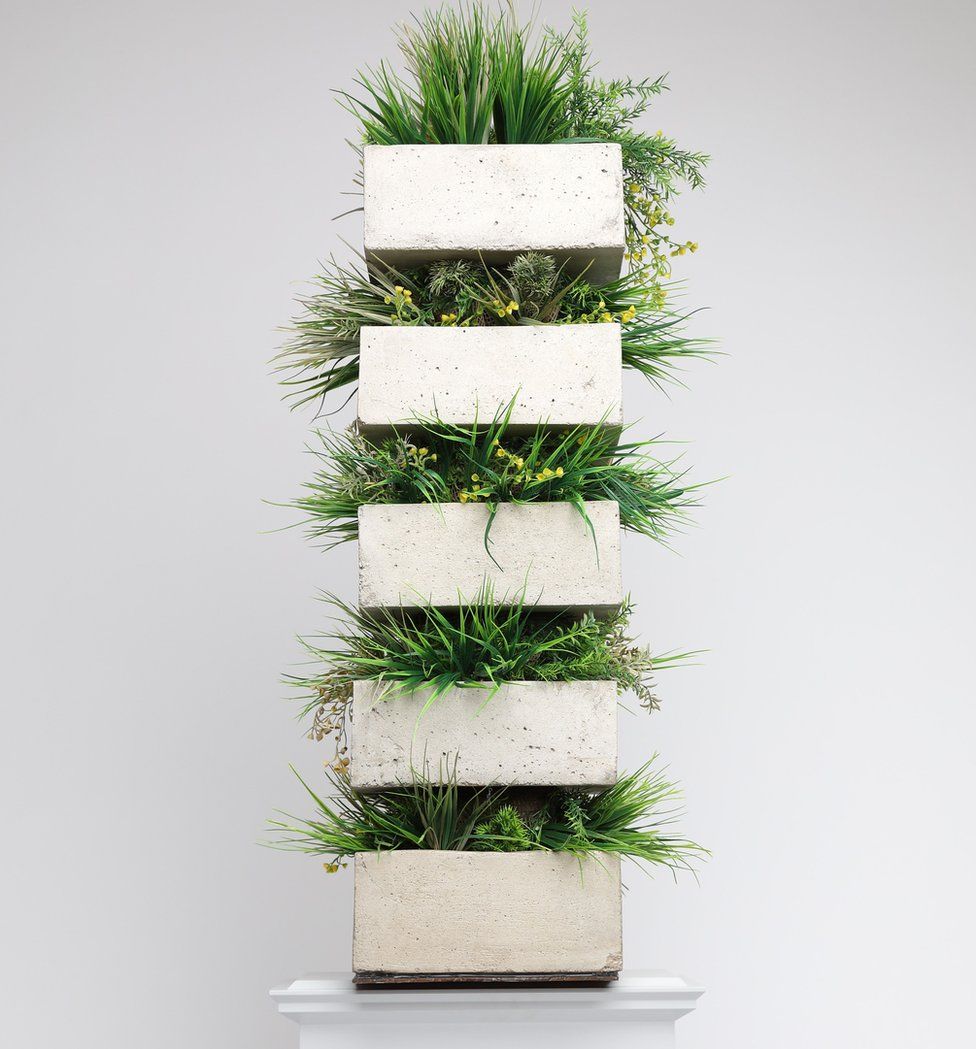 IMAGE COPYRIGHT JAMES O’JENKINS
IMAGE COPYRIGHT JAMES O’JENKINS IMAGE COPYRIGHT JAMES O’JENKINS
IMAGE COPYRIGHT JAMES O’JENKINS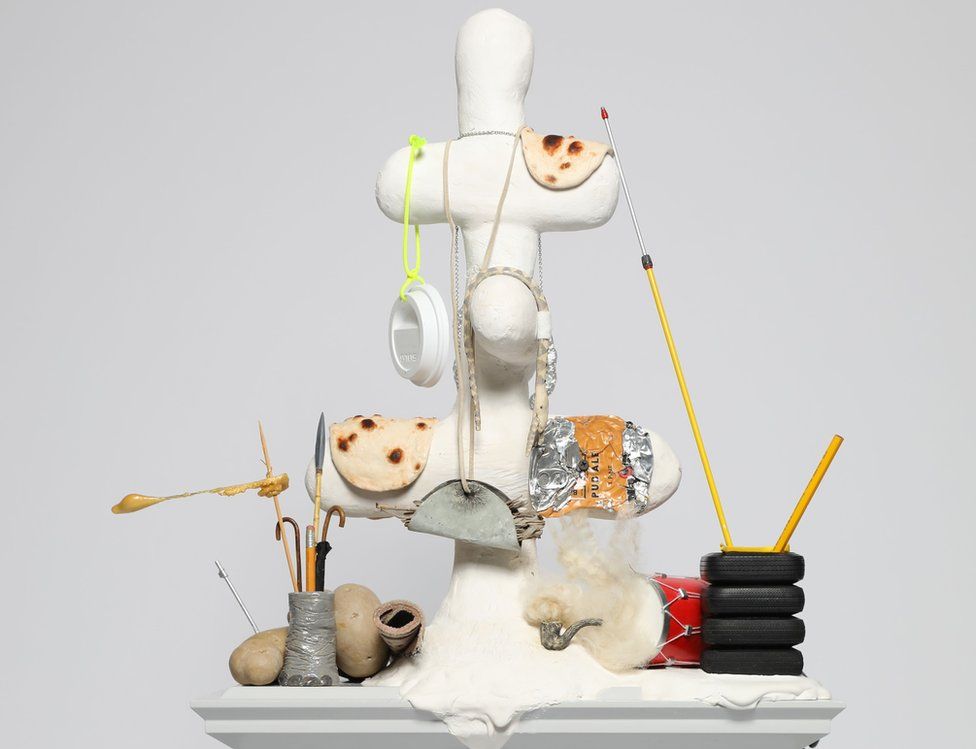 IMAGE COPYRIGHT JAMES O’JENKINS
IMAGE COPYRIGHT JAMES O’JENKINS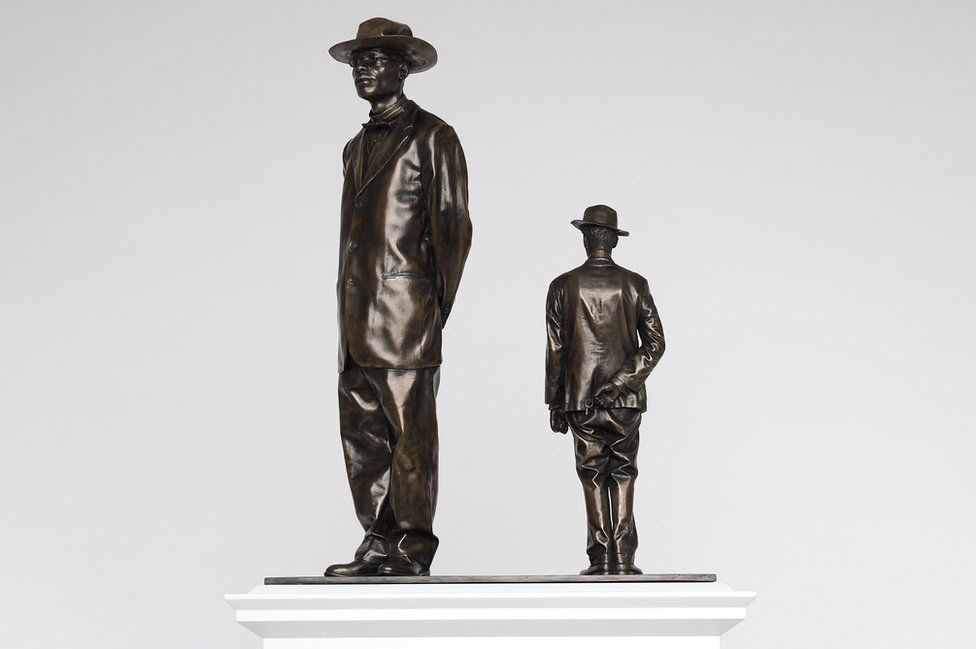 IMAGE COPYRIGHT JAMES O’JENKINS
IMAGE COPYRIGHT JAMES O’JENKINSJustine Simons, deputy mayor for culture and the creative industries, said the Fourth Plinth Programme had become a “powerful symbol for Londoners and visitors to our city and is emulated worldwide”.
“It brings great contemporary art to the heart of our city for free and encourages a lively conversation. It casts new light on London’s most historic square, helping our public landscape to reflect, represent and celebrate many more of our stories,” she added.
Dr Gabriele Finaldi, director of the National Gallery, said: “I think it is important that we find ways to encourage the public to look at and become interested in art, whether it’s the great pictures in our museums or new art in public spaces, and I encourage the public to have their say on these inspiring proposals.”
The Fourth Plinth was initiated in 1998 by the Royal Society of Art with Mark Wallinger’s Ecce Homo.
In 1999, responsibility transferred to the mayor of London.






